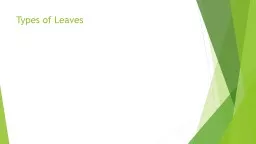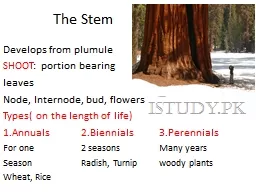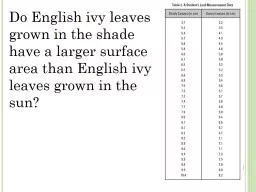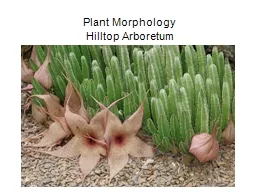PPT-Types of Leaves
Author : jane-oiler | Published Date : 2016-06-13
Ginkgo Family Ginkgoaceae Genus Ginkgo Species biloba Scientific name Ginkgo biloba MAPLES Family Aceraceae Genus Acer MAPLES Seeds Ex Red maple Acer rubrum
Presentation Embed Code
Download Presentation
Download Presentation The PPT/PDF document "Types of Leaves" is the property of its rightful owner. Permission is granted to download and print the materials on this website for personal, non-commercial use only, and to display it on your personal computer provided you do not modify the materials and that you retain all copyright notices contained in the materials. By downloading content from our website, you accept the terms of this agreement.
Types of Leaves: Transcript
Download Rules Of Document
"Types of Leaves"The content belongs to its owner. You may download and print it for personal use, without modification, and keep all copyright notices. By downloading, you agree to these terms.
Related Documents














